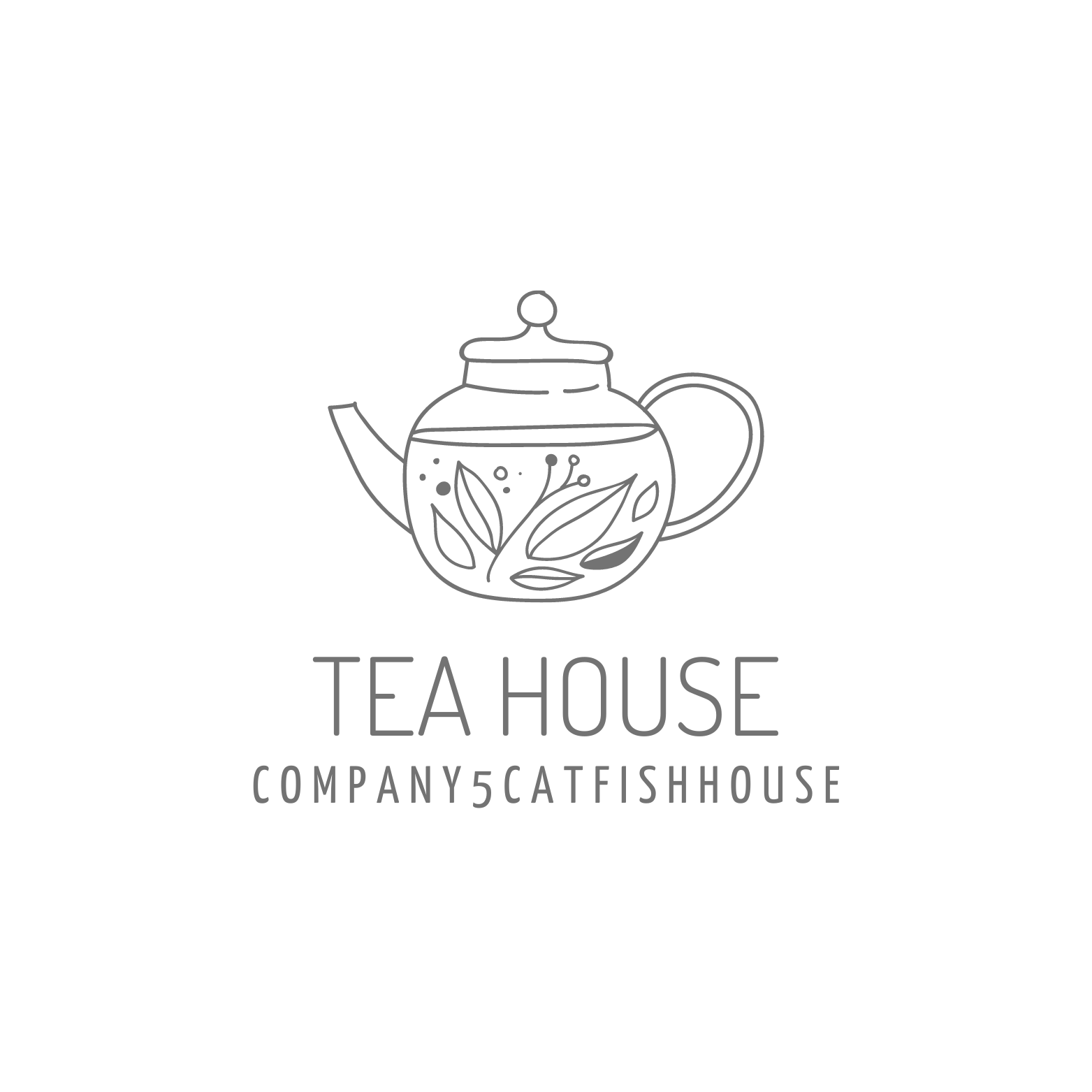Herbal, black or green: what tea to drink for high blood pressure
Tea is not a substitute for blood pressure-lowering drugs. However, it can be really useful for hypertensive people - science confirms it. Tea has earned its reputation as a protector of the heart and blood vessels thanks to polyphenols and flavonoids. We tell you what kind of tea helps to lower blood pressure.
Types of phyto teas that help lower blood pressure
Tisanes can help to gently reduce blood pressure - someone will feel better after just one cup. However, it is still not worth counting on an instant effect. Most studies consider the positive effects of phyto tea in the long term. For the drink to work, it must be drunk daily for several months. In this case, according to scientists, the pressure can normalize, and the risk of hypertension - reduce by an average of 10%. So, what types are considered particularly useful.
Carcade stands on the first place among the tisanes that reduce blood pressure. It gently dilates blood vessels, because of which blood flow improves. This is confirmed by a 2019 Iranian study published in the Journal of Advanced Pharmaceutical Technology. The participants of the experiment drank two cups of carcade tea every morning for a month, which led to a significant reduction in blood pressure. This effect is due to anthocyanin and other antioxidants that are beneficial to blood vessels.
Chamomile tea, similar to hibiscus tea, relaxes blood vessels. The drink is known to calm the nerves, has a mild sedative effect, and relieves tension and anxiety. And when the body relaxes, heartbeats slow down and blood pressure decreases.
Ginger tea is a blood thinner. A 2017 Chinese study found that those who consumed ginger daily had a reduced risk of hypertension. Although the study did not specifically look at ginger tea, drinking this beverage may still be beneficial for hypertensive individuals.
Thyme tea is rich in rosmarinic acid, which, according to many studies, reduces inflammation, lowers blood sugar levels, and improves blood flow. This all also helps to gently lower blood pressure.
What about oolong, black and green teas?
Oolong, black tea and green tea all contain caffeine, which can raise blood pressure. A cup of black tea has about 70 mg, while green tea has about 40 mg. The least amount of caffeine in oolong is 30 mg. However, in addition to caffeine, there are other substances in the composition of drinks that are useful for hypertensives. Black tea contains thearubigins and theaflavins. These substances give the infusion a reddish hue, astringent flavor, and also reduce blood pressure. This happens by relaxing the blood vessels. Daily tea drinking helps strengthen the heart and normalize cholesterol. A 10-year Swedish health study of 74,961 participants found that four or more cups of black tea a day reduced the risk of stroke by 21%.
Green tea is packed with antioxidants that increase blood flow and have a positive effect on blood pressure. In addition, the beverage is known to reduce the intensity of inflammation in heart tissue.



